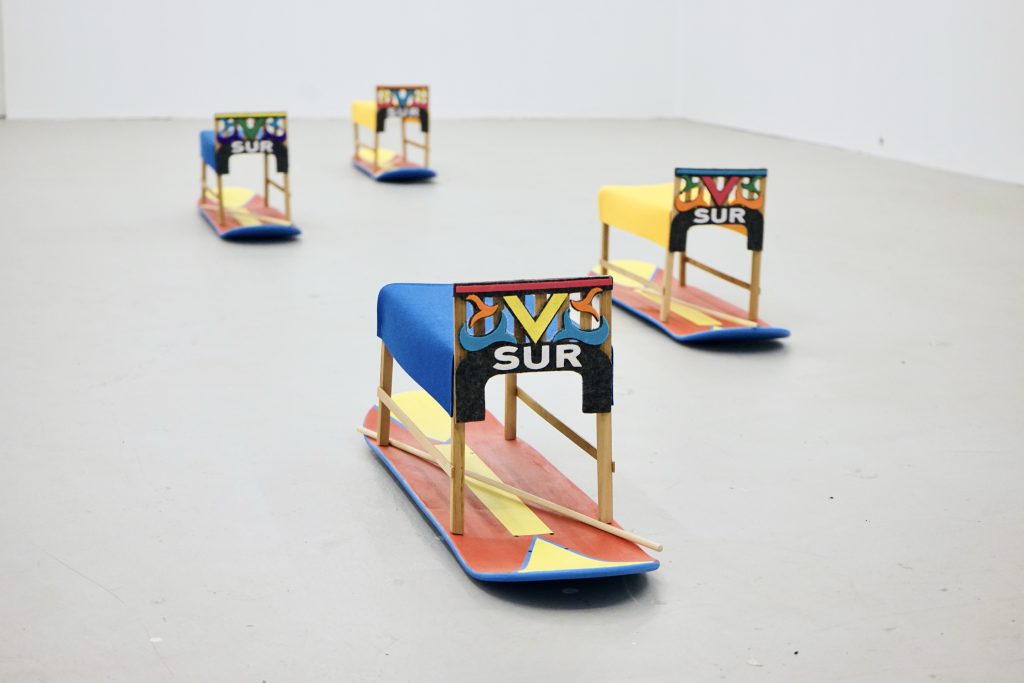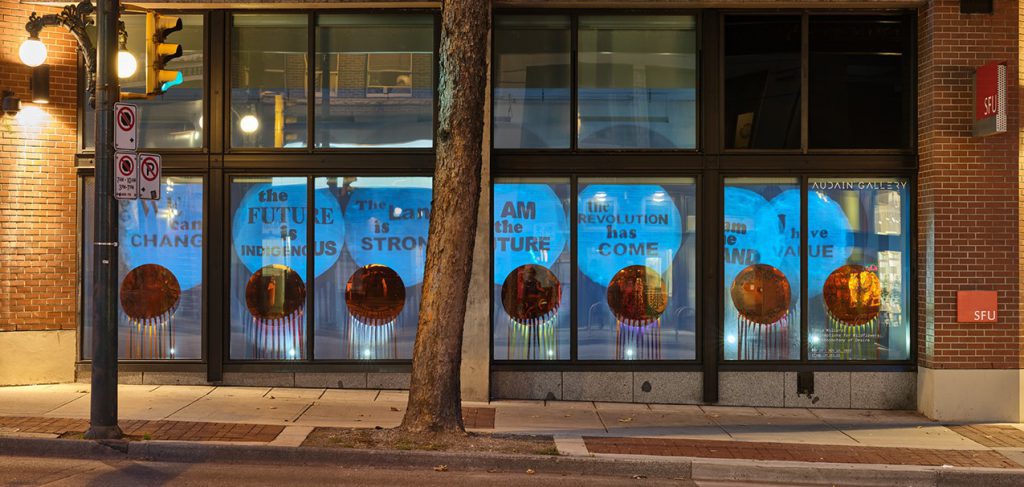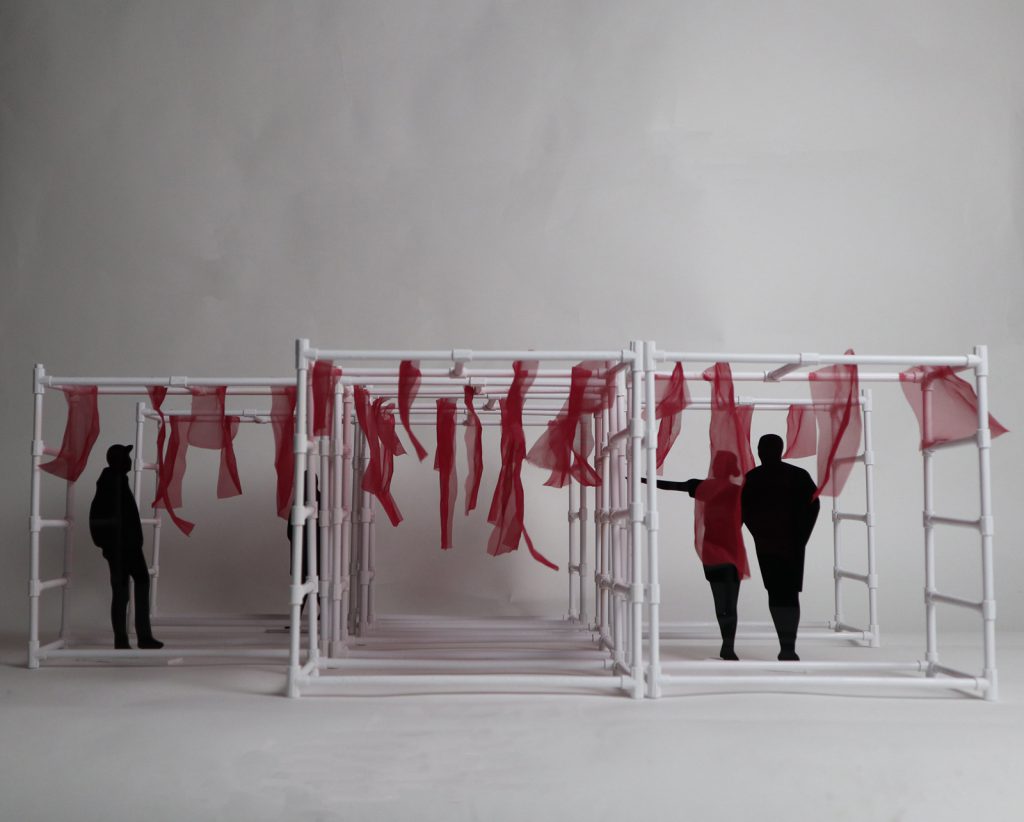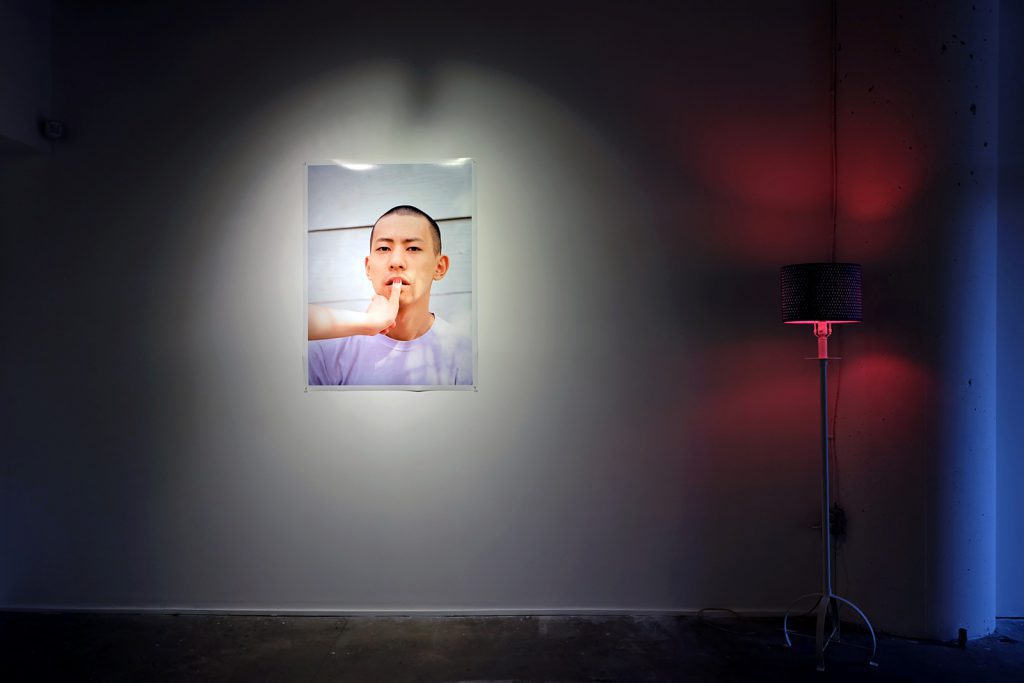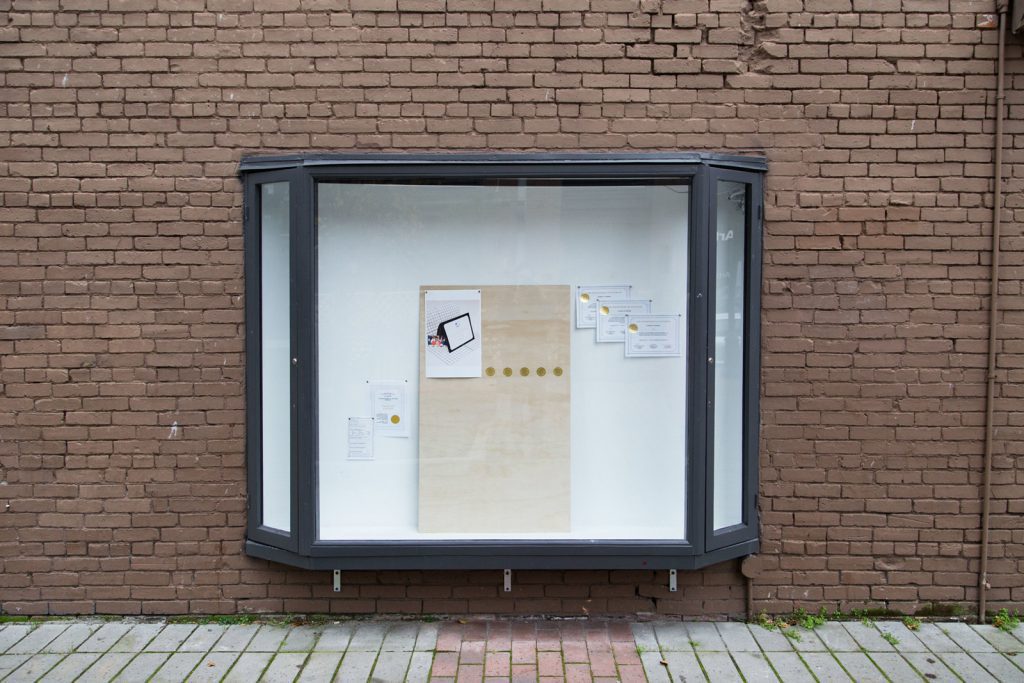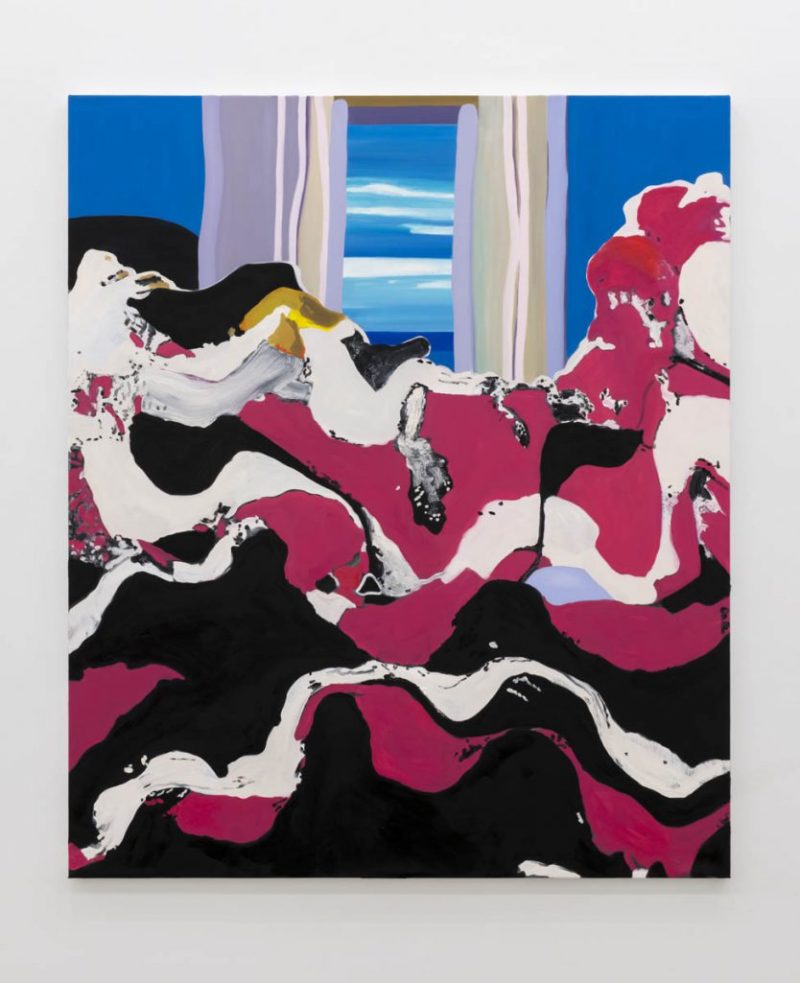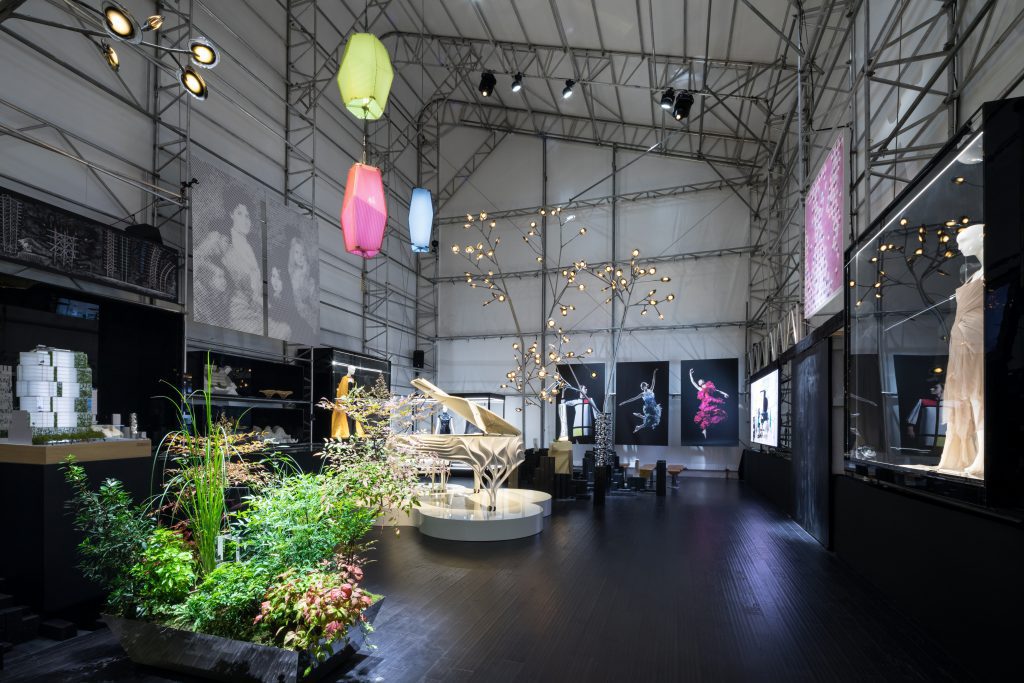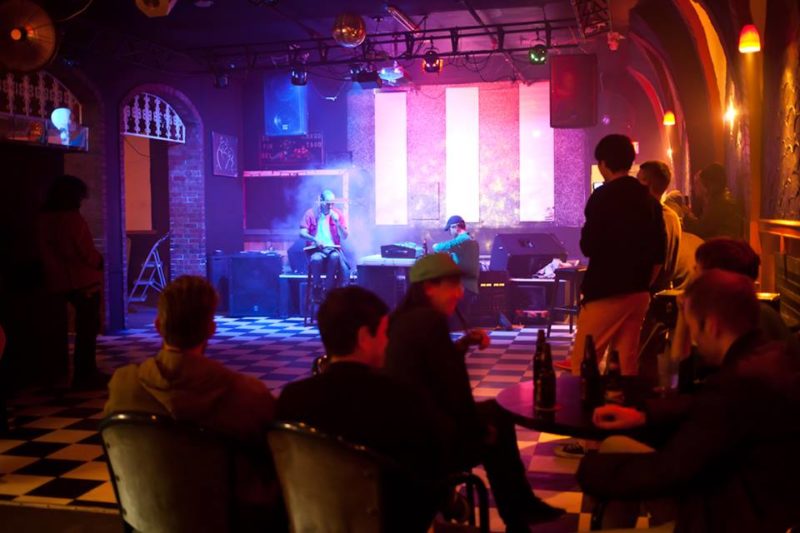
Amongst our Contemporary Ruins: future relics of our time at Equinox Gallery
14 September 2022By Lauren Lavery
Yesterday afternoon my usual commute home was interrupted by a surprise flat on my bike’s rear tire. Along the route from the downtown office to my apartment, there are three sites of open excavation—one a literal pit, which is to be the future location of a new subway station near the local art university. At this particular spot, the usual protocol of a primary coloured, temporary rental fence has been swapped for a more permanent plywood installation, complete with pre-painted information and cut-outs to see what’s happening in the ever deepening, vast cavity bored into the earth below. As I peer through the holes in the plywood to inquire after the progress, the most alluring objects to catch my eye are the brightly coloured debris littering the edges of the worksite. Everything from cherry red Tim Horton’s coffee cups, to the iridescent wrappers of granola bars, to bright white styrofoam takeout containers riddle the area, and are tangled amongst discarded chunks of dried cement and other construction materials. My thoughts immediately jump to how the majority of our contemporary infrastructure is built on a bed of non-biodegradable garbage, eternally preserved for the future generations to discover—what a legacy to leave beneath the impressive glass monoliths erected across this city with extraordinary speed.
Continue Reading